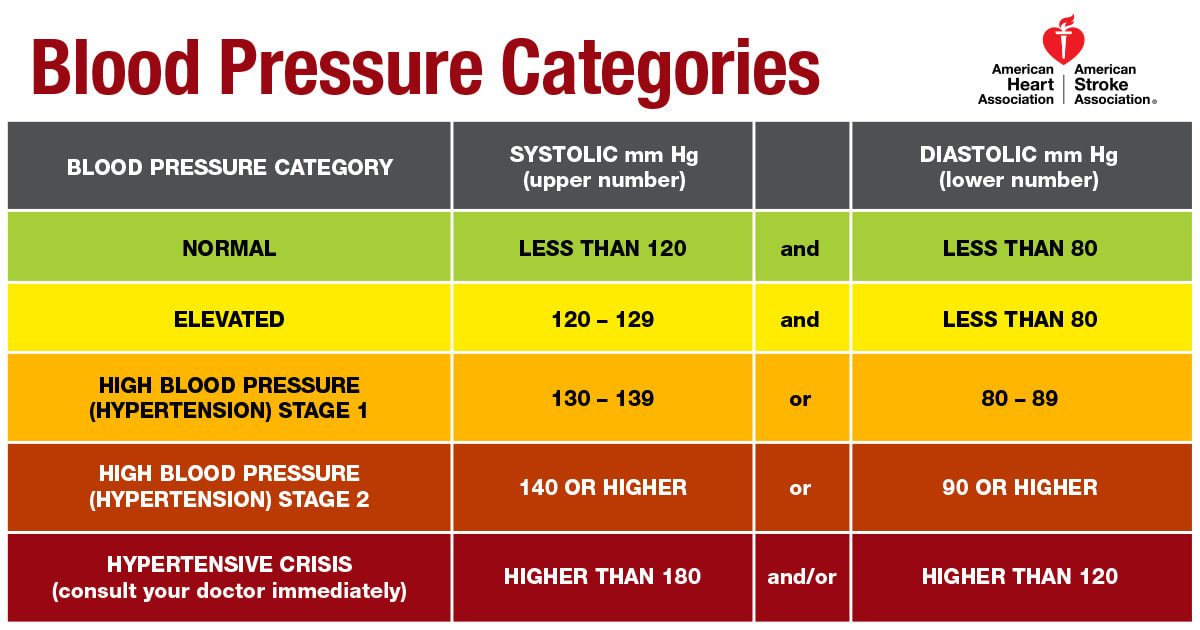|
The answer is Yes and No. To answer it simply, It depends on how high your blood pressure is to start with. What we know from research:
So why the big fuss on hypertension (high blood pressure) Hypertension is one of the most important cardiovascular disease risk factors due to its high prevalence and significant medical costs. Approximately, 78 million Americans (33 %) have hypertension [systolic blood pressure (SBP)≥140 mmHg and/or diastolic blood pressure (DBP) ≥ 90 mmHg] (Mozaffarian et al 2015). Similarly, according to the Australian Heart foundation, in Australia these figures are similar with close to 6 million or 33.7% of the population suffering with hypertension. Individuals 50 years of age or younger with pre-hypertension have double the lifetime risk of stroke, heart failure, coronary heart disease, and intermittent claudication compared to individuals of the same age with normal BP. (Mozaffarian et al 2015). Fortunately, exercise has been widely recognised as a method to reduce hypertension. As mentioned already, lifting heavy weights temporarily increases blood pressure. Paradoxically, high levels of chronic physical activity and aerobic exercise training can prevent some of the age-associated rise in blood pressure seen in many normal humans, and exercise training can also lower blood pressure in those with hypertension. I want to lift weights – how do I do it safely? First and foremost, you shouldn’t lift heavy weights or even engage in a vigorous exercise program unless you are cleared by your doctor and had a chance to discuss any precautions or special considerations. As a general guideline, it is recommended that you shouldn't lift weights if your blood pressure is uncontrolled and higher than 180/110 mm Hg. If your blood pressure is lower at 160/100 mm Hg you shouldn’t lift heavy weights without consulting your doctor (Sorace et al 2014). Safety Tips If you have hypertension and have been cleared by your doctor here are some tips for those who want to exercise with a vigorous program or who want to lift heavy weights:
Disclaimer: This text does not serve as medical advice and if you have any questions, seek advice from your doctor. Blog post written by Jack Perisa. Jack Perisa is a specialist sports physiotherapist (FACP) and Practice Principal at Lane Cove Physio, New South Wales, Australia www.lanecovephysio.com.au. He is also director of Cliniknote, an iPad app designed to draw and record your clinical notes www.cliniknote.com References Mozaffarian D, Benjamin EJ, Go AS, et al. Executive summary: heart disease and stroke statistics-2015 update: a report from the American heart association. Circulation. 2015;131(4): 434–41. Sorace, P., Churilla, J.R. & Magyari, P.M. (2012). Resistance Training for Hypertension. ACSM’s Health & Fitness Journal, 16(1), 13-17.
1 Comment
|
AuthorContributors Archives
March 2020
Categories
All
|
|
SOCIAL
|
HealthAide is an independent resource. We do not own shares or make profits from the products listed on this site. Products and services have been curated using the Four Principles of Healthcare Ethics (Beauchamp, T. and Childress, J. (1985) Principles of Biomedical Ethics)
© COPYRIGHT 2018. ALL RIGHTS RESERVED.


 RSS Feed
RSS Feed